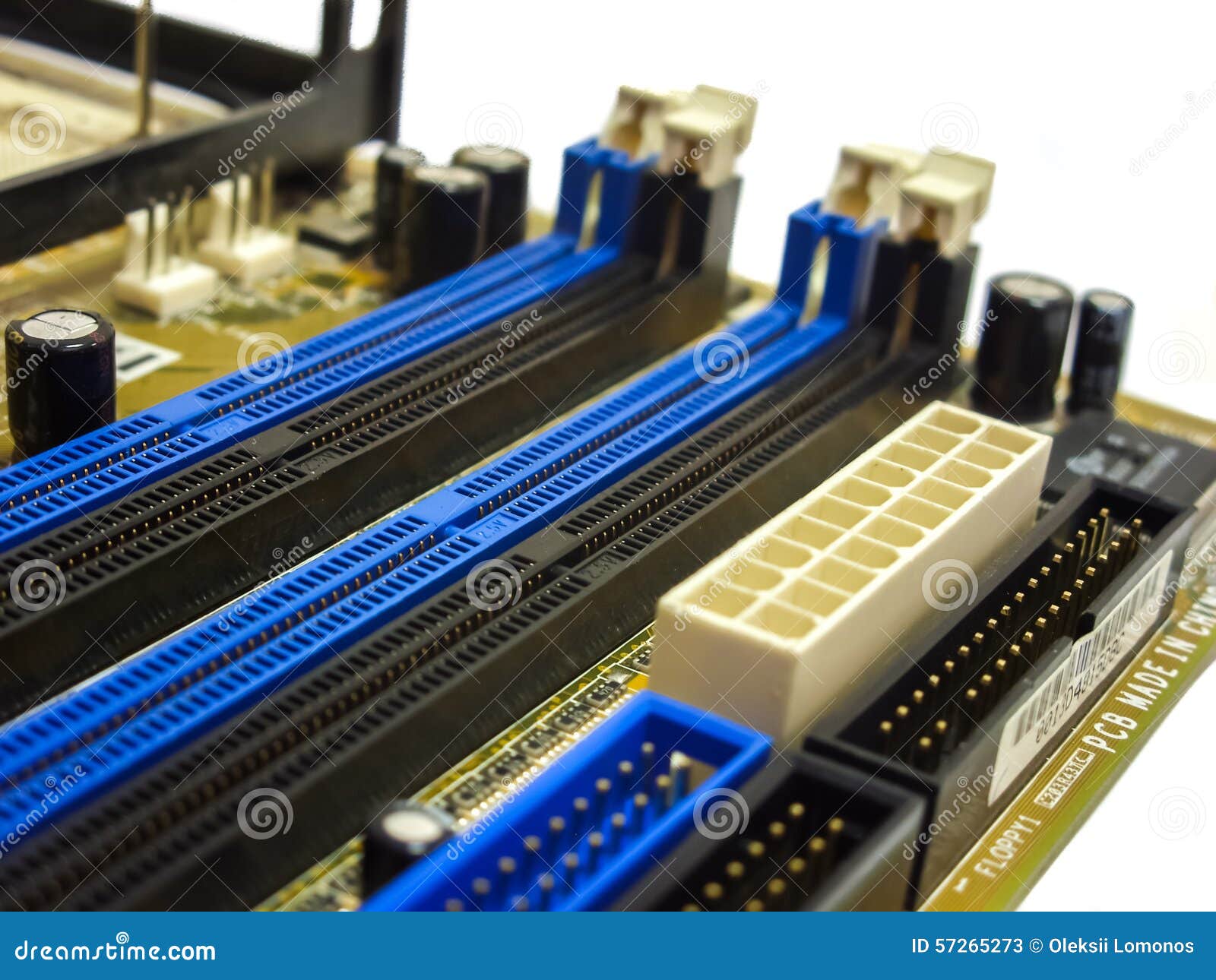When a user wants to add or upgrade memory (RAM) in a computer, they need to know how many memory slots are available. The following section helps you to determine the number of memory slots in your computer, and how many are used.
I’m wondering which slots my RAM should go on Gigabyte b450m ds3h. Manual says: Dual Channel Memory Configuration This motherboard provides four memory sockets and supports Dual Channel Technology. After the memory is installed, the BIOS will automatically detect the specifications and capacity of the memory. And just lastly here’s a look at how the DDR4-3000 CL16 memory compares to DDR4-3200 CL14 memory. Please note the CL14 memory does pack a 32GB capacity as you can’t get 3200 CL14 4GB modules.
Windows Task Manager
It normally shows information similar to Slots used: 1 of 2, which indicates 1 RAM slot is used out of 2 available, making 1 free RAM slot available. The information on RAM memory slots in Task Manager is not always foolproof and correct though, especially with computer that has soldered memory to motherboard. On Windows 10, when your computer starts getting slow due to memory demanding applications (such as Google Chrome, Photoshop, or Premiere Pro), understanding the number of RAM (Random Access. As you can see, this computer has a total of four memory slots, although only two are currently being utilized. Use the CPU-Z utility. Another way to get information about memory slots and details about the RAM currently installed on your computer, is to use the free CPU-Z third-party utility. Open an Internet browser and visit the CPUID website.
The easiest solution for Windows users is to open the Windows Task Manager.
- Press the Windows key, type Task Manager, and then press Enter.
- In the window that appears, click the Performance tab (A), then select Memory (B).
- In the lower-right corner, the number of slots is displayed in the Slots used: section (C).
- As you can see, this computer has a total of four memory slots, although only two are currently being utilized.
Use the CPU-Z utility
Another way to get information about memory slots and details about the RAM currently installed on your computer, is to use the free CPU-Z third-party utility.
- Open an Internet browser and visit the CPUID website.
- On the left side of the screen, select your operating system.
- On the next page, select your preferred language.
- On the next screen, click the DOWNLOAD NOW! button.
- Once the download has finished, install it from your browser and open the program.
- Click the SPD tab at the top of the screen, and then click the down arrow in the Memory Slot Selection section.
- As you can see in the image above, all of the memory slots are listed on the drop-down menu.

If you select a different slot from the drop-down menu, CPU-Z will tell you additional information about the RAM that is installed.
Examine the motherboard
Sometimes the best way to determine the available memory slots is to open the computer and examine the motherboard. Opening the computer is the best option if were unable to get the Windows Task Manager or CPU-Z to work.
Looking inside the case, the motherboard is the primary large circuit board. On most motherboards, the memory slots are on either side of the CPU, and resemble what is shown below.
Most computer motherboards have two, three, or four memory slots. Some higher-end motherboards have as many as eight. The above motherboard picture above has no memory modules installed in any of its three slots.
NoteSlot Memory Ram Ddr3
If your computer has no memory slots available and you want to upgrade, you must remove and replace some of the existing memory.
Additional information
Slot Memori Ram Asus A409fj
- See our memory definition for further information and related links.
